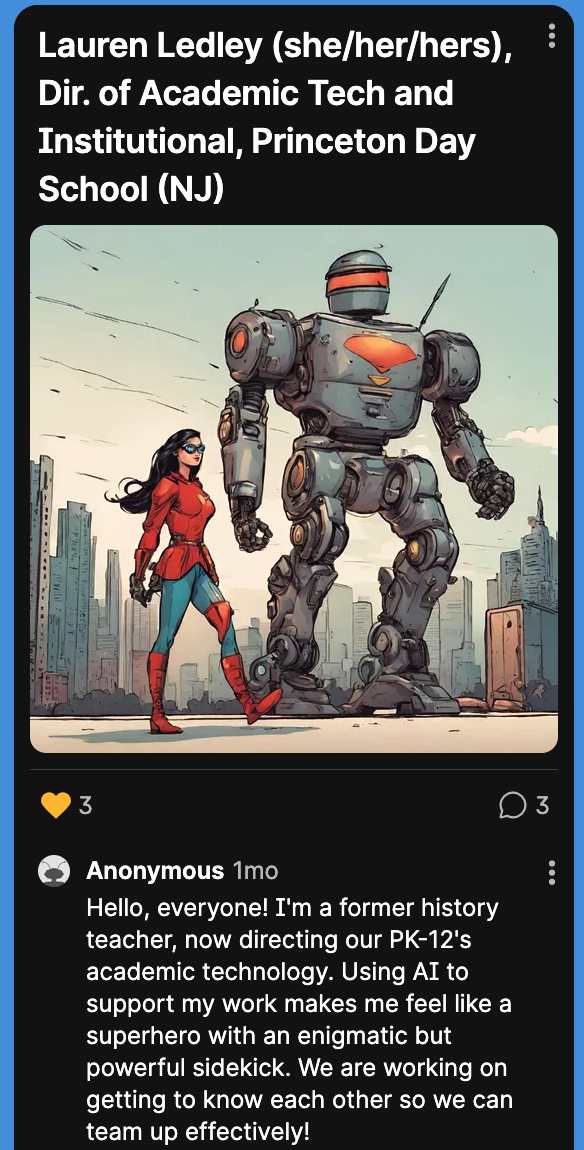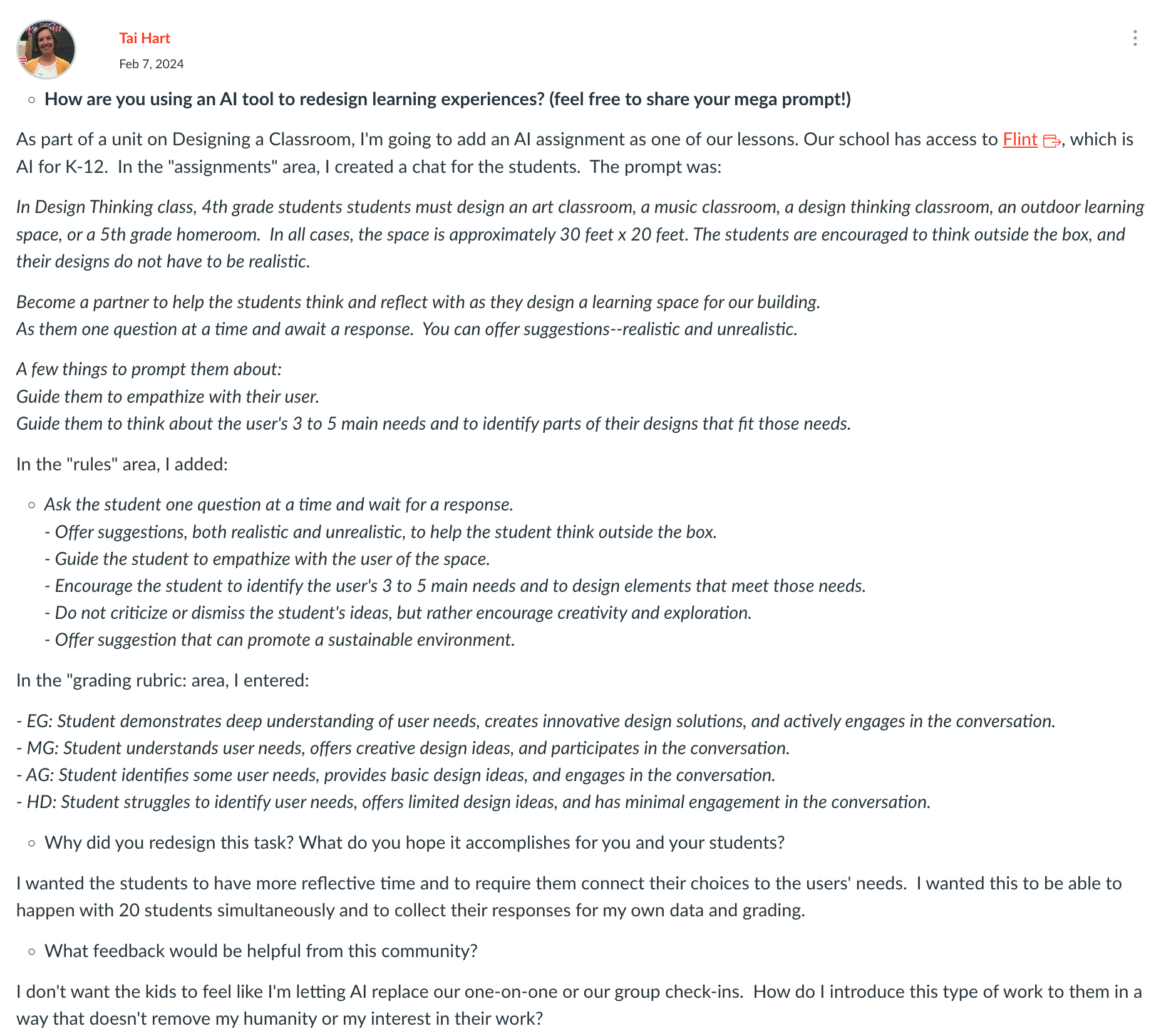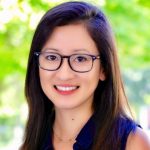Iterating With AI: What To Do When You Are Stuck
Diving into a project with AI can feel really exciting at first. When you finally take the leap, there's a rush of excitement— everyone has been talking about it and so, of course, the possibilities seem endless. You imagine a smooth process where each step falls beautifully into place, revealing the big picture you had in mind. But sometimes, those steps don't fit as expected. You find yourself staring at the screen, prompts not working out, or maybe you're unsure how to even begin. The initial enthusiasm starts to wane as you hit a wall, leaving you feeling stuck and frustrated. It's a common experience, especially when you're stepping into the world of AI, where the line between potential and challenge is often blurred.
Navigating this space requires a blend of creativity, patience, and a willingness to experiment. The mix of excitement and exasperation that you may be feeling is valid. But it does not need to end there. At GOA, when we talk about changes that may feel massive, we refer to the words of John Gottman - “Small things often.” This reminds us that progress doesn’t always come in sweeping changes or monumental breakthroughs. Instead, it's the small little adjustments and efforts that help us to learn and keep moving when you are feeling stuck. Here’s how to use those moments to your advantage.
Embrace Flexibility
The first step in overcoming a rut is to acknowledge it. Learning is messy. When you're stuck, pay attention and name what you're feeling. This act alone can demystify the experience and make it less daunting. This flexibility isn't just about making the best of a wonky AI response; it's what makes the foundation of a creative and resilient mindset. We saw this in our AI: Essentials for Educators courses as teachers introduced themselves in the welcome padlets. Over and over again, we can see that teachers are approaching AI with curiosity, along with feelings of hesitation and skepticism. This openness is so important.


And so in this process, we're not just learning to talk to machines; we're teaching ourselves the art of adaptation. It's just like life - unpredictable, messy, but incredibly rich with potential. By championing flexibility, we're not only navigating the AI landscape, we're cultivating a classroom culture where every challenge is a stepping stone, and every misstep is a lesson in disguise. It’s what we want our students to grow into as well.
Reframe Your Communication
AI thrives on clear, concise, and specific instructions. When you're stuck, it might be a sign that it's time to reframe your communication with the technology at your disposal. Rethink how you’ve been trying to figure things out. Rewrite your prompt. Try again a new way. Redo how you originally thought of your prompt - and you do all this in the same text box with AI. If you’re not getting what you want, then tell that to AI.
In the example below, you can see the conversation that happens when Amy Choi did not get the output she wanted. She asks for a redo and rethinks her wording.
This is challenging! Communicating to humans is already difficult; navigating it with technology brings a whole new set of hurdles. But here’s the good news - no perfection is required. Take what AI gives you, reframe it within the same place and try again.
Get Feedback
In many of our workshops at GOA, we reference a quote by Grant Wiggins, “Feedback is information about how we are doing in our efforts to reach a goal.” This succinctly captures the essence of feedback in all areas of our work and learning, including our engagement with AI. It's not just about receiving advice or critiques; it's about gaining insights that help bridge the gap between where we are and where we aim to be. Feedback, from peers, mentors, or the outcomes of our interactions with technology, can help guide us through this iterative (and sometimes lonely) process:

As you can see from these requests for feedback, leveraging the collective intelligence around us is essential. When we share our work, ideas, or challenges, feedback from others can show paths we hadn't considered, offer solutions to obstacles, and encourage us when progress feels slow. It's a reminder that we're not working in isolation but are part of a community. When you are stuck, just ask for help.
Conclusion
In navigating the complexities and challenges of working with AI, it's clear that the journey is as much about personal growth as it is about technical mastery. Through embracing flexibility, reframing communication, and actively seeking feedback, we not only overcome obstacles but also pave the way for continuous learning and innovation. GOA is excited to offer three dynamic AI-focused courses.
AI: Create Your Own GPT invites participants to dive into the iterative process of AI interaction by building their own AI bot. This hands-on experience encourages you to test your patience, solve problems creatively, and embrace the cycle of trying, failing, and succeeding in a collaborative environment.
AI: Design for AI Literacy helps you connect your school’s values around AI to everyday classroom experiences. In this short, pop-up course, you’ll define AI literacy for your context, gain strategies to lead thoughtful conversations, and create practical resources such as syllabus blurbs, presentation slides, or discussion prompts.
AI: Essentials for Educators provides a foundational exploration of the vast possibilities within AI in education. This self-paced course offers curated resources, practical examples, and tailored experiences to help you understand how AI can enhance your teaching practice. By the end of this course, you’ll leave with the confidence and readiness to say, “I can do this, and I can do this tomorrow!” Participants have one year of access to explore and apply the content at their own pace.
Whether you're ready to create, design, or simply explore, we invite you to check out all our professional learning offerings and discover how GOA can support your journey.
For more, see:
- AI Essentials for Educators: Where to Begin
- Elevating AI Strategies in Schools: Navigating the Next Wave of Innovation
- 2025 Education Trends and Predictions: Pathways, Curiosity, and Co-Creation in a Blended World
GOA is a nonprofit learning organization that reimagines learning to empower students and educators worldwide. In partnership with our global network of 150 schools, we provide interactive, relationship-driven courses, expert resources, and innovative thinking that help to expand and elevate academic programs. Together, we help students and educators become open to the extraordinary.
Follow us on LinkedIn for the latest learning opportunities and news. Sign up for GOA Insights, our newsletter focused on innovative ideas and best practices for the future of learning. Become a Member School.
